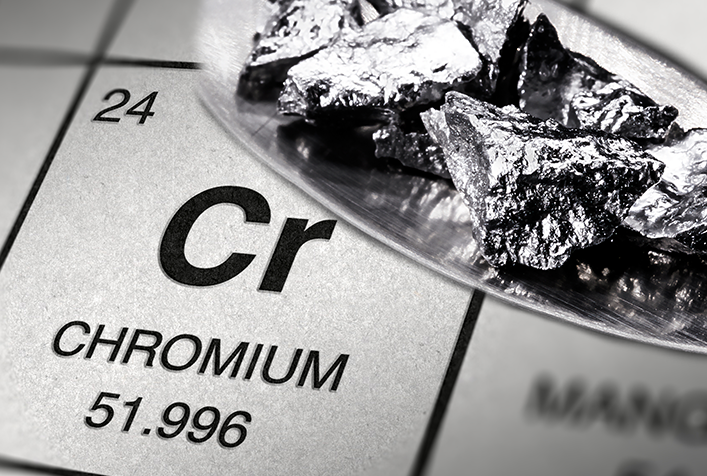Hexavalent Chromium Emissions Study

Project Brief
The Challenge
Since the 1980s, hexavalent chromium, also referred to as Cr(VI), has been recognized as an air toxic pollutant that causes cancer. Hexavalent chromium is generally produced by industrial processes, such as stainless-steel production, chromium electroplating, leather tanning, textile manufacturing, and wood preservation. It has been used in pigments for dyes, paints, inks, and plastics, and can also be formed when performing “hot work” such as welding on stainless steel or melting chromium metal. Hexavalent chromium may also be a driver of the overall cancer risk from fuel combustion processes. Aside from electroplating, limited information has been gathered on Cr(VI)-producing processes, and few state and federal rules specifically address Cr(VI) emissions. As part of its work to develop and maintain a comprehensive inventory of Cr(VI) emissions from all applicable source types, the California Air Resources Board (CARB) asked ERG to gather information to update Cr(VI) emission factors.
ERG's Solution
ERG conducted a study to review and analyze the scientific literature associated with Cr(VI) emissions, as well as emission factor databases and test reports relevant to Cr(VI) emissions. Our review demonstrated a substantial lack of quantifiable information. We also identified several issues in the information we did collect, including that information needed to identify the source of the emissions data or factor was lacking; test reports on which the data were based were incomplete; and some data were measured 20 to 30 years ago using outdated test methods that may not yield correct values. Based on these results, we provided CARB with recommendations for future research to improve Cr(VI) emissions characterization, and with sources for future testing.
Client
California Air Resources Board